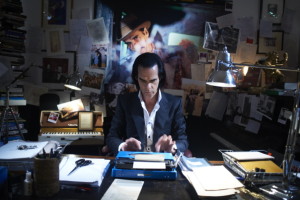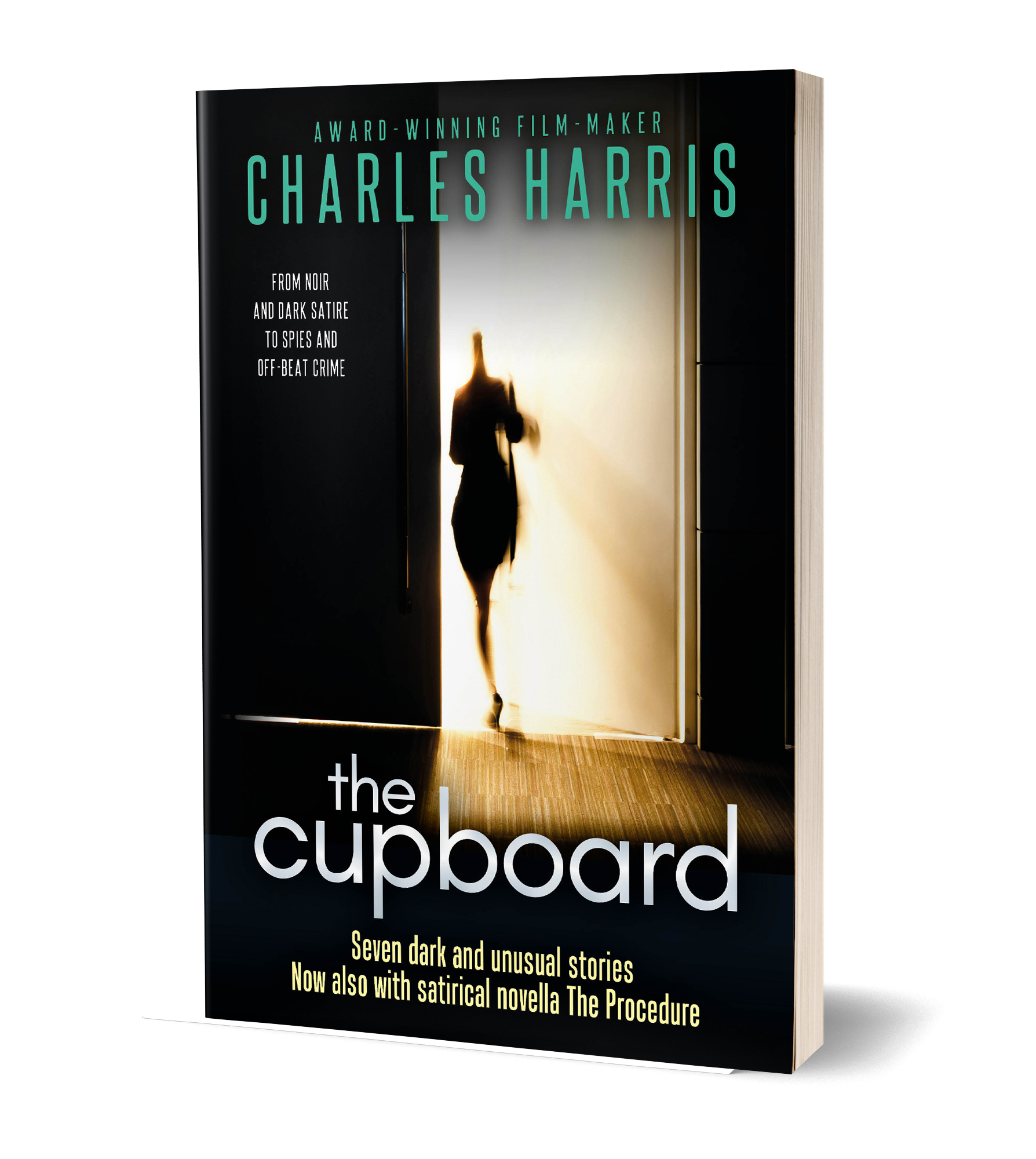How the gurus who teach “show don’t tell” could ruin your treatment
09 Wednesday Nov 2016
Written by Charles Harris in Selling, Technique, Treatments
Tags
cinema, film, outline, series proposal, show don't tell, synopsis, tell don't show, treatment, TV
 All screenwriting gurus teach “Show don’t tell” – it’s one of the few things they all agree on. How can it possibly be bad?
All screenwriting gurus teach “Show don’t tell” – it’s one of the few things they all agree on. How can it possibly be bad?
And yet, what they don’t tell you is sticking to “show don’t tell” will lead to disaster when you write treatments.
Writing treatments, outlines, synopses or proposals is a very specialised skill. It has almost nothing in common with screenplay writing, and yet screenplay writers are expected to master the art, often with little or no specific tuition.
Show don’t tell vs tell don’t show
One of the biggest problems is that the skills you need for writing treatments are almost exactly the opposite of those you need for writing a script.
“Show don’t tell” is a typical example. In a script, it’s exactly what you need. A screenwriter who tries to “tell” the reader what’s going on will fail. A good script uses visuals, dialogue subtext and inference. The reader – and the ultimate audience – enjoys working out what’s going on.
Instead of your protagonist saying “I’m alone and penniless” – for example – you might show her going home to an empty flat, calling to the cat which doesn’t come and turning on the light – only to find the electricity has been cut off.
We see her situation without having to be told.
The treatment trick
However all this takes time, and time is the one thing you don’t have when writing a treatment.
But many writers make the mistake of trying to convey their story in the same way – through indirectness and inference. The result is a long-winded and complicated treatment that is almost impossible to shorten.
The trick is to realise that this won’t work.
A treatment needs to stand back and summarise – in ways that a script can never do. “Show don’t tell” doesn’t work for this. You absolutely have to spend a large proportion of your treatment telling – not showing.
So a good treatment might say simply and clearly: “Amina is alone and penniless.”
Shifting focus
Of course, that’s not enough on its own, or the treatment would feel far too generalised. So you need to sprinkle a few specifics around. It’s rather like taking an exam, where you include just enough examples – names, quotes or dates, say – to show that you read all the right books.
So you focus in on some action, to bring the story to life: “…she logs onto all the right dating sites, but none of them work.” Then you focus more closely: “One night, while online, she meets Ivan.”
But don’t focus for too long, or the story will get clogged. Immediately you step back into generalisation: “…a man who is intelligent, sensitive, cultured – almost too good to be true….” And so on.
Indeed the best way to write a treatment is to move easily from the general to the specific and back again – telling as much, if not more, than you show – from start to finish.
It’s that shift of focus from “show don’t tell” to “tell don’t show” and back again that makes a treatment come to life.
This is one of the key skills they don’t often teach you, which I cover in my book Teach Yourself: Complete Screenwriting Course.
Feel free to check it out.


Tell people what you think